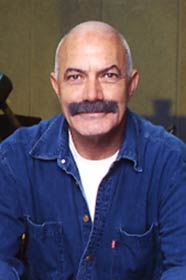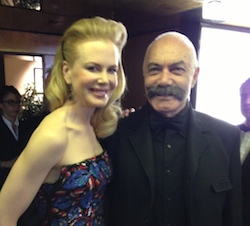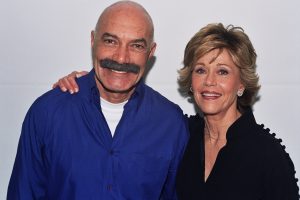Born to be Bad, a trashy if stylishly entertaining melodrama, is neither a highlight in director Nicholas Ray’s career nor a significant feature in the film noir genre.
Grade: B- (**1/2* out of *****)
| Born to Be Bad | |
|---|---|

Theatrical release poster
|
|
Based on the 1928 bestselling novel All Kneeling by Anne Parrish, it qualifies the label of a woman’s picture, centering on one manipulative femme, Christabel Caine Carey.
She is played by Oscar winner Joan Fontaine, who might have been a tad too old to play femme fatale, in an effort to change her previously dominant image as a nice and sensitive woman.
Fontaine is cast Christabel, a scheming social climber, who benefits from the generosity of her aunt, Donna Foster, who takes her into her San Francisco home, while she attends business school.
Christabek flirts with Donna’s fiancé, the wealthy Curtis Carey, at a party for Donna’s friend, painter Gabriel Broome. She also attracts the interest of aspiring author Nick Bradley (Robert Ryan).
When she is asked by Curtis to come to a jeweler, she is disappointed to find out that he merely seeks her advice in buying Donna an engagement ring.
Christabel makes Donna feel guilty by suggesting that accepting the lavish gift will give the impression of being after his money.
Christabel then manipulates Curtis by proposing a pre-nuptial agreement, which offends Donna, leading to a breakup, as she had wished.
As Curtis is available, Christabel rebuffs a marriage proposal from Nick, whose novel is about to be published by Caine. Christabel marries Curtis and becomes a high society lady, but she is still attracted to Nick, dating him on the side.
Her lie is exposed by Caine, her uncle, and Curtis reunites with Donna. Christabel gets into an accident, and at the hospital, she begins a new flirtation with her doctor.
Christabel is meant to be a cunningly deceptive—and vicously destructive—woman, but Fontaine is not comelling enough to convey those dimensions. No wonder Fontaine had never become a dominant presence in film noir.
The two men in her life–played by Robert Ryan and Zachary Scott–fare better than Fontaine, though you don’t root for her to end up with either of them.
The climax of the story is also not forceful enough after setting viewers expectations for something nastoer and seedier.
That said, the melodrama is passably entertaining due to its occasional bitchy and campy nature and the cinematography of noir expert, Nicholas Musuraca.
Reel/Real Imoact
In 1973, the 13th episode of the 7th season of The Carol Burnett Show featured a take-off of the film, “Raised to Be Rotten,” with Carol Burnett as “Christinabel,” Ruth Buzzi as “Darlene,” Richard Crenna as “Buck,” and Harvey Korman as “Kirk.”
Cast
Joan Fontaine as Christabel Caine Carey
Robert Ryan as Nick Bradley
Zachary Scott as Curtis Carey
Joan Leslie as Donna Foster
Mel Ferrer as Gabriel ‘Gobby’ Broome
Harold Vermilyea as John Caine
Virginia Farmer as Aunt Clara Caine
Kathleen Howard as Mrs. Bolton
Bess Flowers as Mrs. Worthington
Credits:
Directed by Nicholas Ray
Screenplay by Edith Sommer, Charles Schnee (adaptation), Robert Soderberg (additional dialogue), George Oppenheimer (additional dialogue), based on the novel All Kneeling by Anne Parrish
Produced by Robert Sparks
Cinematography Nicholas Musuraca
Edited by Frederic Knudtson
Music by Frederick Hollander
Distributed by RKO Radio Pictures
Release date: July 15, 1950 (US)
Running time: 94 minutes










